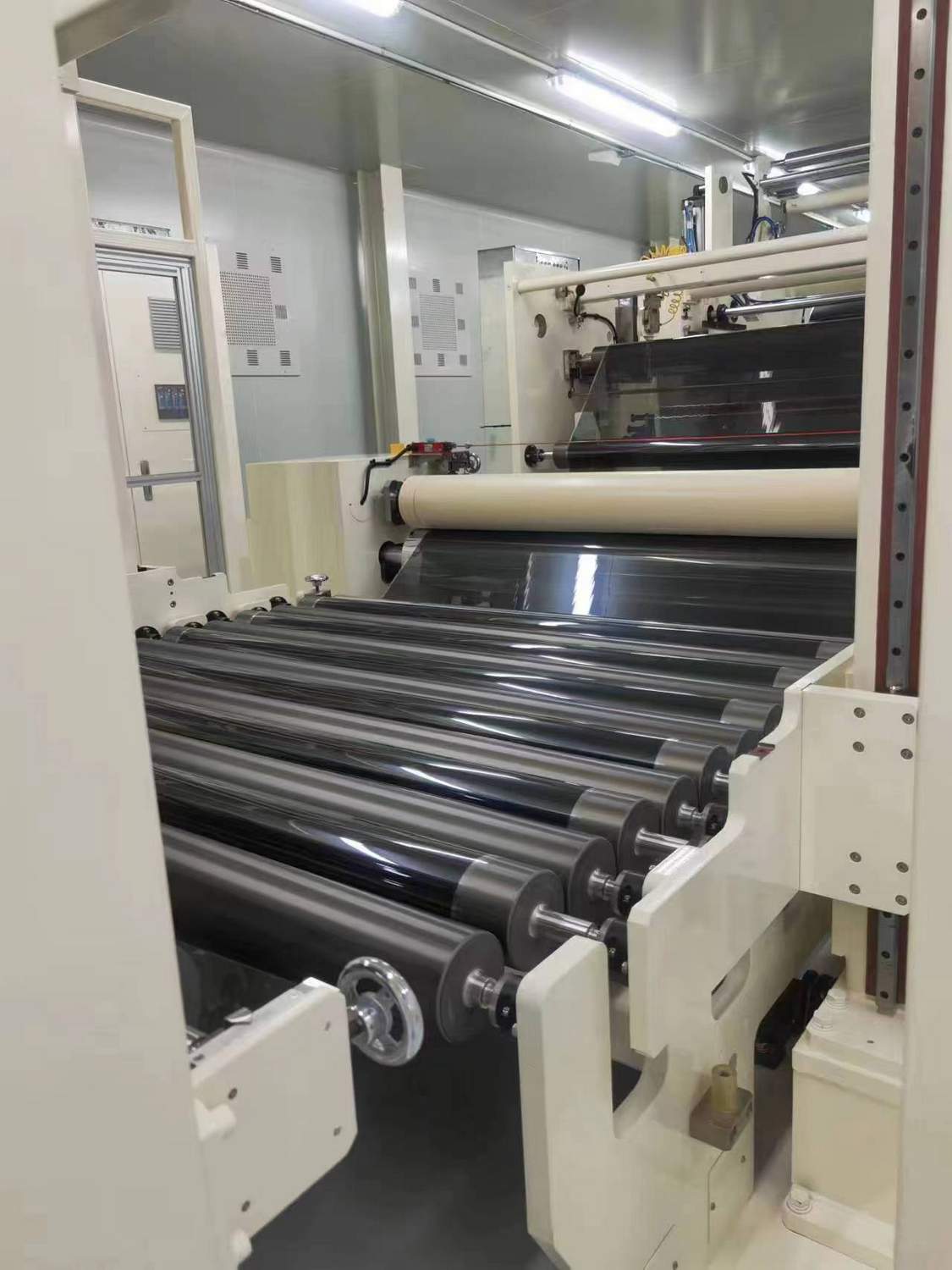The automotive window film emerged from the United States in the 1970s, and its technological development has gone through five stages. Currently, the sixth generation of hot melt technology, 6+1 automotive film, has been introduced. Today, we will introduce the technical process and production process of hot melt film for automotive window films.

1、 The technical process of automotive window film
a. Single layer dyeing process using coating method
Function: Block strong visible light Disadvantages: Easy to fade,Light insulation, no heat insulation, no UV protection
b. Aluminum coating
Function: has moderate thermal insulation effect. Disadvantages: high reflection, easy oxidation, and lack of UV protection
c. Glue mixing process
Function: It has the effect of preventing 99% ultraviolet rays below 380nm, and has the disadvantage of anti-aging function: easy to crystallize, easy to fail, affect the clarity and affect the firmness of BA glue, which has no protective effect on human health
d. Metal magnetron sputtering film
Function: Good insulation treatment effect, high clarity. Disadvantages: High product cost, no full UV protection function
e. Transparent thermal mirror
Function: High transparency, high insulation, low reflection Disadvantages: Complex process, expensive price, no protective effect on human health, and no spectral selectivity function
2、 The insulation principle of ordinary window film
Ordinary window film blocks sunlight energy through reflection and absorption, and is judged by the total solar energy blocking rate.
3、 Introduction to Hot Melt Film Production Process
The new 6+1 hot melt series automotive film adopts innovative technology, and the high-end series integrates anti UV function and anti high-energy shortwave blue light function into PET substrate at suitable high temperatures to create a “multi-layer hot melt co extrusion” functional primary color substrate film. Leading technology and stable quality. Not prone to adverse phenomena such as delamination, high reflectivity, black edges, shielding of 5G and ETC signals.
No composite adhesive pattern
The production of the new 6+1 hot melt series automotive film does not require the use of traditional coating composite adhesive technology, as there is no composite adhesive, it does not produce adhesive lines that affect vision.
No mirror high reflection
The new 6+1 hot melt series car film adopts ultra-fine rare material dispersion technology integrated into the PET base film, which is a three-dimensional processing technology, so that the product has high thermal insulation and solves the problem of high mirror reflection visually.
Continuous and stable insulation performance
The new 6+1 hot melt series automotive film adopts ultra-fine rare material dispersion technology integrated into the PET base film, which does not directly contact with acidic or alkaline substances, and the material properties are not easily changed. The thermal insulation performance of automotive film products made from this base film is continuously stable.
No oxidation, no black or white edges produced
The insulation material of the new 6+1 hot melt series car film is wrapped in PET film raw material, which does not come into contact with air and water vapor, so it does not oxidize and will not produce black or white edges.
The brand new 6+1 hot melt series automotive film adopts spectral selective materials to achieve smooth 5G signal, ETC signal and other commonly used wireless communication equipment signals.
The primary color film is not easy to age or fade
The new 6+1 hot melt series automotive film adopts patented technology and various protective technologies, and functional materials are integrated into the PET base film. The original color functional base film is not easy to fade or age.
No debonding, no foaming
The new 6+1 hot melt series of automotive primary functional base films have no composite adhesive and adopt hot melt technology, which will not cause delamination or foaming of the composite adhesive.
![]()
Blue boiling point hot melt series production process
Phase 1: Manufacturing of functional color masterbatch
Selected color powders and functional patented formula additives are uniformly dispersed through a special mixing process. By using a pelletizing extruder, PET chips are melted and extruded with color powder and functional patent formula additives through high-temperature control at different points, and then sliced into functional color masterbatches.
Phase 2: Manufacturing of biaxially stretched base film
Mix the above-mentioned functional color masterbatch with PET slices in a certain proportion, use precision and high-end PET biaxial stretching equipment, combined with patent applications, layer by layer flow casting to form thick sheets, and then stretch longitudinally and horizontally to form the required thickness of the base film. Cut off uneven edges, surface treatment, and roll up to make a functional base film suitable for subsequent coating processing.
Phase 3: Coating and making finished products
Apply the above-mentioned functional base film through precision coating equipment, with one side coated with adhesive and composite installation adhesive protective release film, and the other side surface hardened to form a finished large roll film (excluding magnetron sputtering film or double-layer bonding film and hot melt protective film process).
Stage 4: Finished product cutting and packaging
Cut off the excess edge material on both sides of the above-mentioned finished large roll film through a slitting machine, and then cut it into the customer’s required length specifications of 600 meters, 60 meters, or 30 meters. Use two side plugs, a plastic pipe in the middle, a PE bag with packaging material on the outside, and suspend packaging for shipment.


